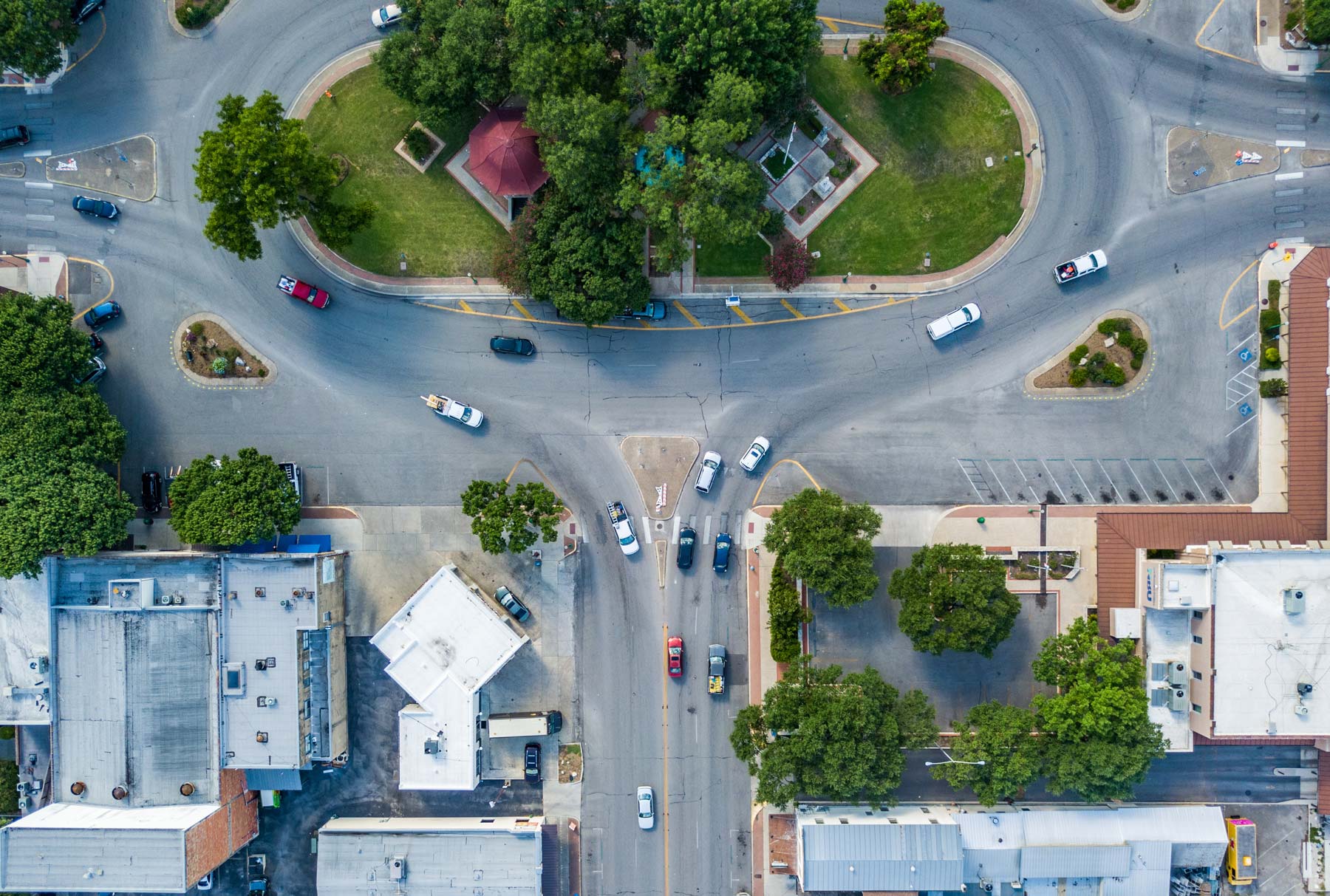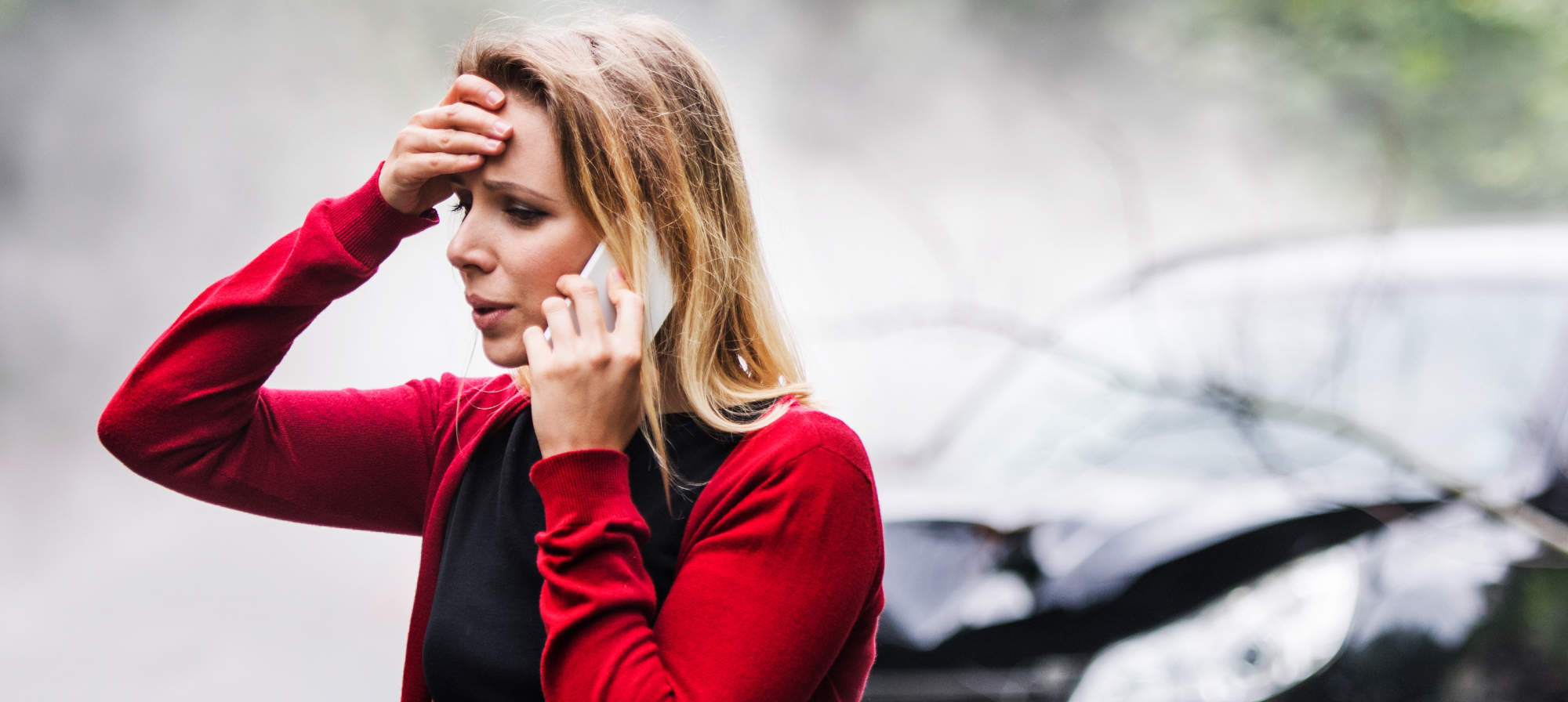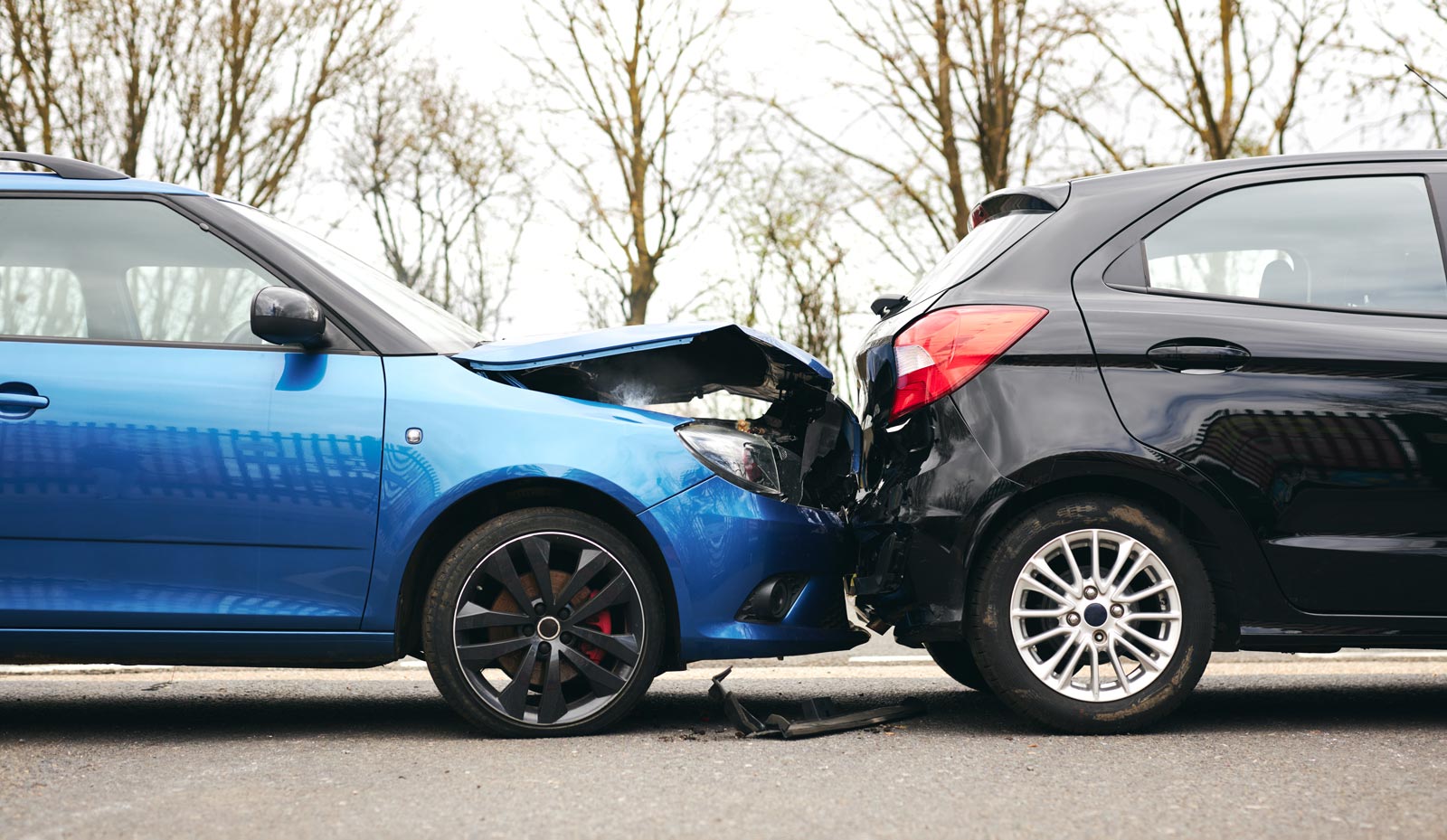After a multi-car accident, drivers and insurance companies often point fingers at each other, trying to shift blame to someone else. But if you suffered life-changing injuries, you deserve to know exactly what happened, which driver (or drivers) were responsible, and which liability insurance will pay for your medical bills and other damages. But getting the answers (and compensation) you need might not be easy.
In this blog post, we will take a closer look at multi-vehicle accidents, including how fault is determined, who pays your damages, how to deal with insurance claims, and how an experienced car accident lawyer can help you fight for fair compensation.
Why Is Assigning Fault Important After a Multi-Car Accident?
Texas’ car accident laws are fault-based. That means that, in most cases, the at-fault drivers’ insurance companies will be financially responsible for your injuries. In a two-car crash, this can be a simple calculation. Suppose you are stopped at a red light when a distracted driver rear ends your vehicle. In that case, your personal injury lawyer’s primary focus would be the negligent driver’s liability insurance.
But suppose you’re slowing down to stop at a red light during a thunderstorm when a car suddenly cuts in front of you from another lane and comes to an abrupt stop at the intersection. You don’t have enough time to stop on the slick road, and you hit the rear fender of the car that cut you off. At the same time, the pickup truck behind you was following too closely and rear-ends you.
Whose insurance policy covers your injuries? The answer might not be simple.
Who Is at Fault (and Who Pays Your Damages) in a Multi-Car Crash?
There are several challenges when you are determining fault in multi-car crashes.
In large pileups, especially those that involve more than three or four vehicles, piecing together the truth can become a complex puzzle to solve. Without a free consultation and case evaluation, it’s impossible to give specific advice about who was at fault in your specific pileup crash and whether you may be eligible for compensation. However, here are a few important things to consider.
The Basic Rule: Negligence
If you’re going to hold a driver—or any potentially liable third party—accountable for a car accident, you need to show that they were negligent. Someone is negligent if:
- They had a duty of care. (For example, all drivers must follow traffic laws and practice safe driving habits.)
- They failed in this duty. (For example, by speeding, driving too fast for the road conditions, following too closely, or failing to check for other vehicles when proceeding through an intersection.)
- Their failure caused damages, like physical injuries, pain and suffering, or property damage.
In the case of another driver, ask yourself, “Could they have reasonably avoided the collision if they had been driving in a safe, responsible manner?” If the answer is “yes,” they may be negligent. If the answer is “no,” they probably are not.
This same logic applies to other third parties (other than those behind the wheel) that could potentially be held responsible for the crash. More on that in a moment.
Multiple Drivers Can Be Liable in Multi-Car Accidents
In many cases, the driver who caused the initial impact, especially a rear-end impact, will be given a major share (if not all) of the fault. However, this isn’t always the case.
In a multi-vehicle accident, more than one driver’s negligence might have caused the crash and your injuries.
Let’s go back to our multi-car crash example. The driver who cut you off started the chain of events that led to the pile-up, but they may not be the one at fault. If the truck driver hadn’t been tailgating, they could have prevented the second impact. And you may have legal claims against both.
Third Parties Other Than the Involved Drivers Might Be Liable as Well
Imagine a scenario where the accident was caused not by driver error, but a vehicle failure. Upon investigation, we might discover that the vehicle or parts manufacturer was negligent for failing to identify defective parts and prevent them from being sold, or an auto mechanic acted negligently by performing shoddy repair work.
Accidents involving commercial vehicles also frequently involve negligence claims against the driver’s employer. The company has a responsibility to properly train their drivers and ensure all regulations are met. If the company allowed unqualified drivers to remain behind the wheel, or pressured them to work long hours and skip mandatory breaks, they would likely be considered negligent as well.
These are just a few examples. Again, remember our definition of negligence above. If any party’s failure to exercise reasonable care contributed to an otherwise preventable accident, that party could potentially be liable.
The Role of the Police Report
After a pile-up crash, the investigating officer will talk to the drivers and other witnesses, piecing together what happened. The accident report will include known facts about the auto accident and the investigating officer’s opinions on who is at fault.
If a driver was cited or assigned blame in a police report, this will be critical evidence in a multi-car collision case. However, crash reports don’t always tell the full story. Police officers who respond to emergencies aren’t experts at reconstructing crashes, and they rely on eyewitness testimony, which can be inaccurate.
We represented a family whose daughter died in a truck wreck. The truck driver was the only surviving eyewitness, and he tried to pin blame on our client. However, using electronic data and a crash reconstruction expert, we discovered that the truck driver was clearly at fault. When we presented this information to the police, they amended their crash report.
Why Do Insurance Companies Try to Shift Blame to Other Drivers?
There’s a lot of finger pointing after a pileup. While some of this is just human nature, insurance companies might try to shift blame to reduce the victims’ settlement values.
Texas Modified Comparative Fault Law
Texas is one of many states that use a modified comparative negligence rule. This means only drivers who are 50% at fault or less in an accident can collect damages. Their claimed damages will also be reduced by their share of the fault.
For example, in our scenario, a jury might decide that that driver who cut you off (the first car) is 70% responsible for the chain reaction collision, while the truck behind you (the third car) is 30% responsible, and you are 0% responsible. If all three of you were injured:
- You might recover all your claimed damages, and could have a claim against both drivers.
- The truck driver would have a claim against the driver of the first car, but could only recover 30% of their damages.
- The first driver would not be able to recover anything, because they were more than 51% to blame.
Joint and Several Liability
Texas also applies a rule for negligence called joint and several liability. Under this rule, if there are multiple defendants in an injury lawsuit, one defendant can be held responsible for 100 percent of the total damages if they were 51% or more at fault for the incident.
Let’s go back to our example above. Suppose you have $100,000 in damages and you sue both drivers separately. The driver of the first car (70% responsible) would owe you $70,000, while the driver of the third car (30% responsible) would owe you $30,000.
Now, imagine that the third driver is uninsured and has no assets, so you cannot collect anything from them. Under joint and several liability, you could sue the driver of the first car for 100% of your damages even though they were only 70% responsible.
Look Out for Policy Limit Issues in Multi-Car Crashes
Because multiple insurance agencies may be involved in these cases, things can get complicated. Multi-car accidents often result in many injured people. If the at-fault drivers only had minimal insurance coverage, it can be hard to get a fair settlement payout. (And the insurance company will always try to settle your claims for as little as possible.) Sometimes, there’s not enough insurance coverage to go around.
For example, we represented Joshua after a truck wreck. He and two co-workers were riding in the same vehicle, and all were seriously injured by a negligent truck driver. Everyone deserved compensation, and their claims were going to exceed the at-fault driver’s policy limits.
Because Joshua didn’t require the same degree of emergency care as other victims, their attorneys argued that he didn’t deserve as much compensation—even though he had suffered a permanent, life-altering brain injury. We had to fight hard to ensure he got a fair percentage of the settlement.
Protecting Yourself With PIP and Uninsured and Underinsured Motorist Coverage
When a crash involves multiple drivers, it’s also that much more likely that at least one of them is uninsured or underinsured, which can make it difficult for any victims to recover compensation.
To address injuries caused by uninsured and underinsured drivers, insurance companies must offer personal injury protection (PIP) and uninsured/underinsured motorist (UM/UIM) coverage to drivers in Texas. PIP is a no-fault auto insurance policy that can help cover your medical expenses and lost wages. UM/UIM steps in and pays for your damages if the at-fault driver isn’t carrying any (or enough) insurance.
Unless you declined it in writing, it’s likely you already have at least a basic amount of PIP and UM/UIM coverage in your auto insurance policy. (We always recommend that drivers purchase as much PIP and UM/UIM coverage as they can reasonably afford.)
How a Personal Injury Attorney Can Help
If you were injured or lost a loved one in a pile-up accident, the best thing you can do is speak with a knowledgeable personal injury attorney. A lawyer will listen to the details of your story and give you their informed opinion about your best course of action.
If you’ve read this far, one thing should be clear to you by now: multi-vehicle crashes can be incredibly complex. Most drivers can’t fully investigate the crash, talk to multiple drivers and witnesses, and negotiate a fair settlement on their own—especially if they’re trying to recover from serious injuries.
To uncover the real causes behind a crash, experienced attorneys often work with professional accident reconstruction experts, who can use computer modeling and other cutting-edge techniques to re-create a complex collision involving multiple vehicles and find out exactly why it occurred. In many cases, the attorney’s investigation and collaboration with experts yields a picture of fault that’s very different from the recollections of the other drivers or findings in the police report.
In addition to thoroughly investigating the crash itself, your car accident lawyer can also help with things like:
- Ensuring you get the medical care you need
- Working with medical experts to accurately calculate your long-term medical expenses
- Working with economists and life care planners to accurately calculate future wage losses and other damages
- Speaking with friends, relatives, neighbors, and others who can articulate how your injuries have affected your life
- Identifying all possible liable parties and potential sources of insurance coverage
- Negotiating with the insurance company (or, in many cases, multiple insurance companies) on your behalf
- Negotiating with hospitals, care providers, and other lien holders to settle your medical debt as cheaply as possible after you get your compensation
It’s best to contact an attorney as soon as possible after the wreck. Investigations take time, and critical evidence may be lost if your attorney doesn’t move quickly to preserve it. Crosley Law works with crash investigators in San Antonio and throughout Texas who can get out to the crash site quickly and begin collecting information.
Crosley Law Firm: Advocates for Pileup Crash Victims
If you have suffered because of a multi-car pile-up or other collision caused by someone else’s negligent behavior, Crosley Law is here to help. You can get in touch with us by filling out our convenient online form or by calling us at 210-LAW-3000 (210-529-3000).
We offer free consultations where we can discuss your unique situation and offer candid legal advice. If we can take on your case, you won’t have to pay a thing unless we achieve a settlement or win your case in court.
Don’t wait — contact us today!
The content provided here is for informational purposes only and should not be construed as legal advice on any subject.








